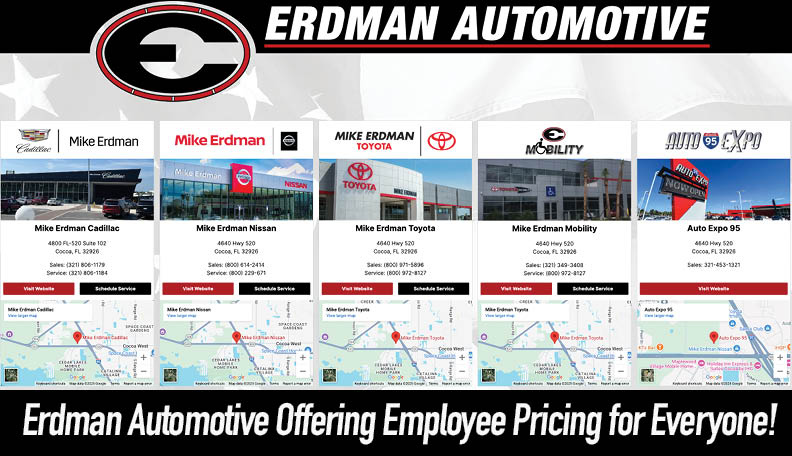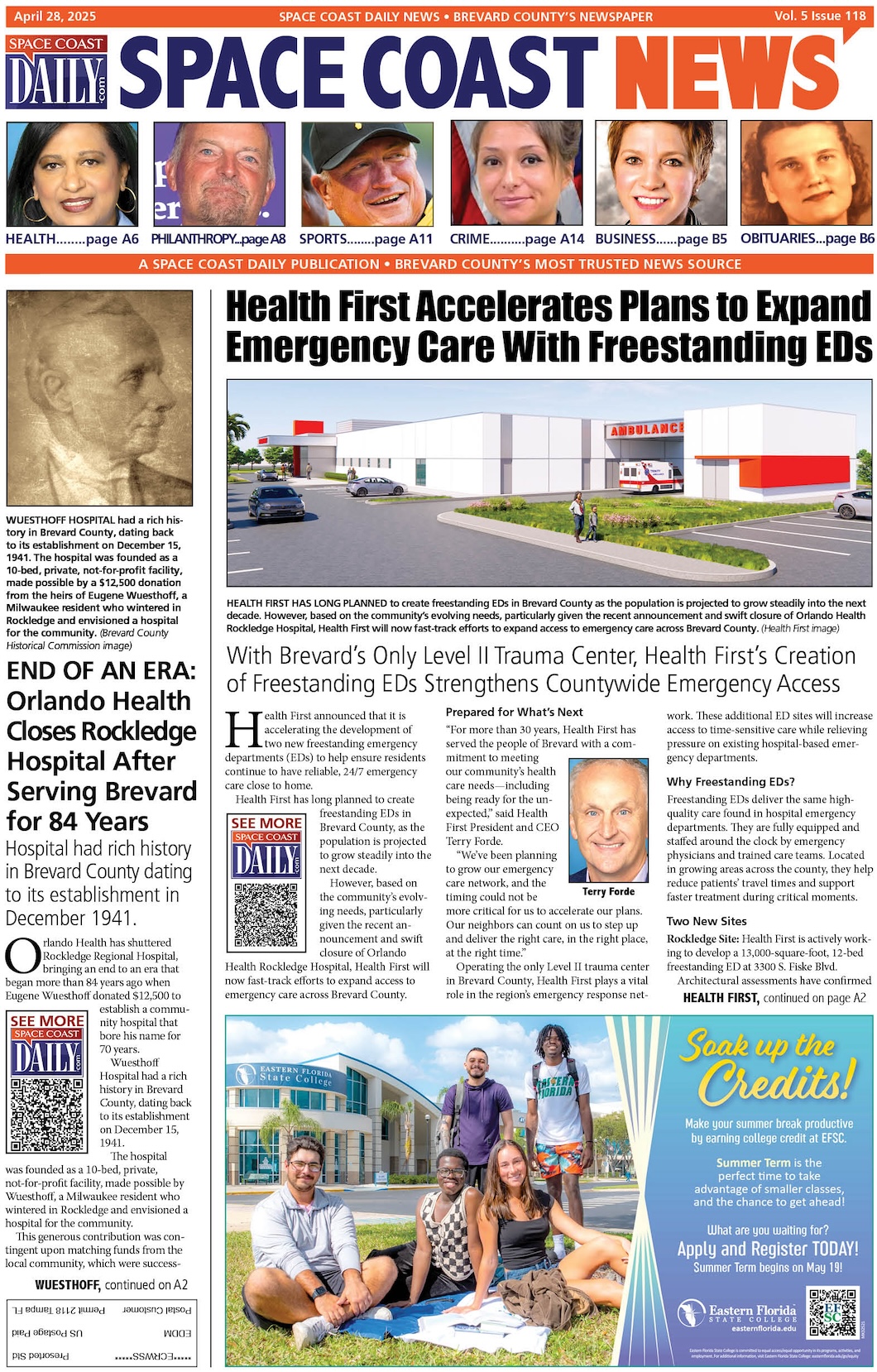Physical Therapy For Work-Related Injuries: 5 Tips To Boost Recovery
By Space Coast Daily // December 4, 2023

Every year, millions of people face the harsh reality of work-related injuries. These range from mild sprains to severe, life-altering conditions. It’s a widespread issue that affects employees across various sectors.
Among the most prevalent injuries are repetitive strain injuries and back pain. They’re physically debilitating and bring significant life challenges. Imagine struggling with reduced mobility and chronic pain, impacting both work and personal life.
These injuries often lead to a considerable loss of income. This stems from the inability to work as efficiently, or at times, at all. It’s a double blow: physical pain coupled with financial stress.
Recognizing the importance of physical therapy is key in this scenario. This article aims to provide you with practical, actionable tips. You’ll learn how to use physical therapy effectively to speed up your recovery. The goal is to arm you with the knowledge to heal faster, regain your strength, and return to your daily routines and work life more quickly.
- Understanding The Role Of Physical Therapy In Work-Related Injury Recovery
Physical therapy plays a crucial role in healing from work-related injuries. It’s a form of treatment focused on easing pain and improving mobility. Through various techniques, it aims to restore your physical function and well-being.
This therapy is particularly beneficial for work-related injuries. It offers a targeted approach to manage pain effectively. It also focuses on restoring your body’s function, crucial for getting back to work.
Physical therapists tailor treatments to your specific needs. They use exercises, manual therapy, and sometimes, advanced equipment like a physical therapy percussion tool. This approach not only eases pain but also strengthens your body. It’s about making a full recovery and preventing future injuries.
In essence, physical therapy is a vital tool in your recovery toolbox. It’s designed to bring you back to your pre-injury state, enabling a return to normal life and work activities.

- Tailoring Your Physical Therapy To Your Specific Injury
A one-size-fits-all approach doesn’t work in physical therapy. Your injury is unique, and so should be your recovery plan. Personalized physical therapy is not just beneficial; it’s essential for effective healing. This is where the expertise of workers comp doctors plays a crucial role.
Physical therapists begin by thoroughly assessing your specific injury. They consider factors like the injury’s nature, your job demands, and your overall health. This comprehensive evaluation forms the foundation of your tailored recovery program.
For example, if you have a repetitive strain injury from typing, your therapist might focus on hand and wrist exercises. They might also include treatments to improve joint mobility and reduce inflammation. On the other hand, for back injuries, the therapy might involve core strengthening exercises and posture correction techniques.
These specific exercises and treatments ensure that your recovery is swift and sustainable, paving the way for a safer return to your work duties.
- Integrating Ergonomics Into Physical Therapy
Ergonomics plays a key role in both recovery and prevention of work-related injuries. It’s the science of designing the workplace to fit the user’s needs, aiming to increase efficiency and reduce discomfort.
Physical therapists often incorporate ergonomic assessments into your recovery plan. They evaluate how your work environment and practices may contribute to your injury. This analysis is crucial for making necessary adjustments to prevent further harm.
Practical ergonomic principles can be simple yet transformative. For example, adjusting the height of your chair and computer screen can significantly reduce strain on your neck and back. Using ergonomic keyboards and mice helps prevent repetitive strain injuries. Even learning proper lifting techniques can safeguard against back injuries.
By integrating these ergonomic adjustments, physical therapy doesn’t just heal you. It equips you with the knowledge and tools to maintain your health in your work environment.
- Enhancing Recovery With Complementary Practices
Complementary practices like yoga, Pilates, and aqua therapy can significantly enhance your recovery process. When used alongside traditional physical therapy, they offer a holistic approach to healing.
Yoga, for instance, improves flexibility and strength. It also teaches deep breathing and relaxation techniques, aiding in stress reduction. This mind-body connection is vital in the healing process.
Pilates focuses on core strength, which is essential for overall body stability and injury prevention. Its controlled movements help in building muscle strength without the risk of overexertion.
Aqua therapy, performed in water, is particularly beneficial for those with joint issues. The water’s buoyancy reduces stress on joints while providing resistance for muscle strengthening.
Incorporating these practices into your recovery regimen accelerates healing. They enhance flexibility, reduce stress, and build strength, complementing your physical therapy sessions. This integrated approach leads to a more comprehensive and effective recovery.
- Committing To A Consistent Physical Therapy Schedule
Consistency is vital in physical therapy. Regular attendance and adherence to your therapy schedule are crucial for effective recovery. Missing or irregular sessions can significantly hinder your progress.
Set realistic goals for your therapy. These goals provide direction and motivation, keeping you focused and committed. It’s important to recognize and celebrate small improvements as milestones in your recovery journey.
The consequences of skipping sessions can be serious. It can slow down your recovery, leading to prolonged discomfort and delayed return to work. Inconsistency can also negate the progress you’ve made, potentially worsening your condition.
Conclusion
Physical therapy is a cornerstone in recovering from work-related injuries. It offers relief and is a pathway to regaining your full functionality and quality of life. Each aspect, from tailoring your therapy to your specific needs, to integrating ergonomic principles and complementary practices, plays a vital role in your recovery journey. Consistency in attending therapy sessions is crucial for effective and lasting results.
It’d be best to consult with physical therapy professionals. They’re your partners in designing a comprehensive recovery plan. Regular check-ins with your therapist are important to track your progress. Additionally, staying informed about new physical therapy techniques and tools can significantly aid in your recovery.












